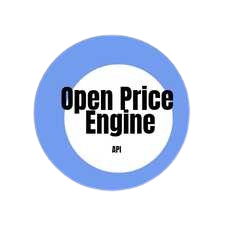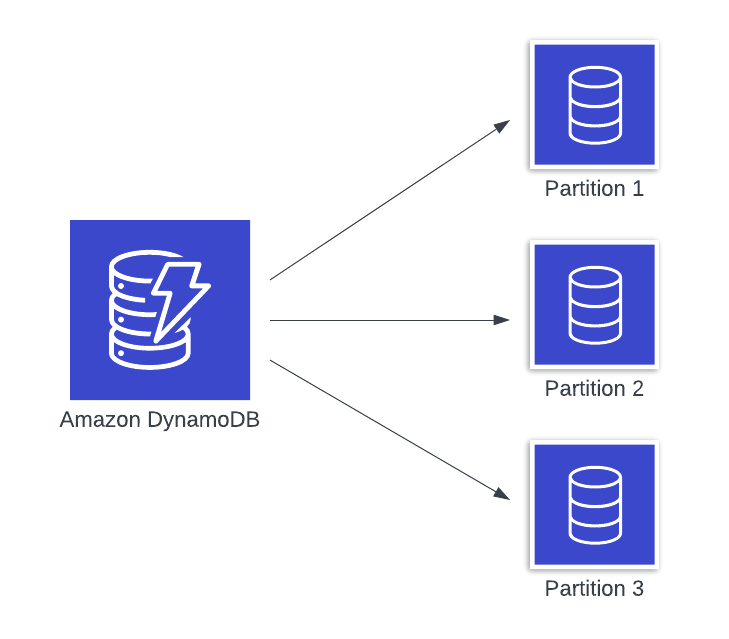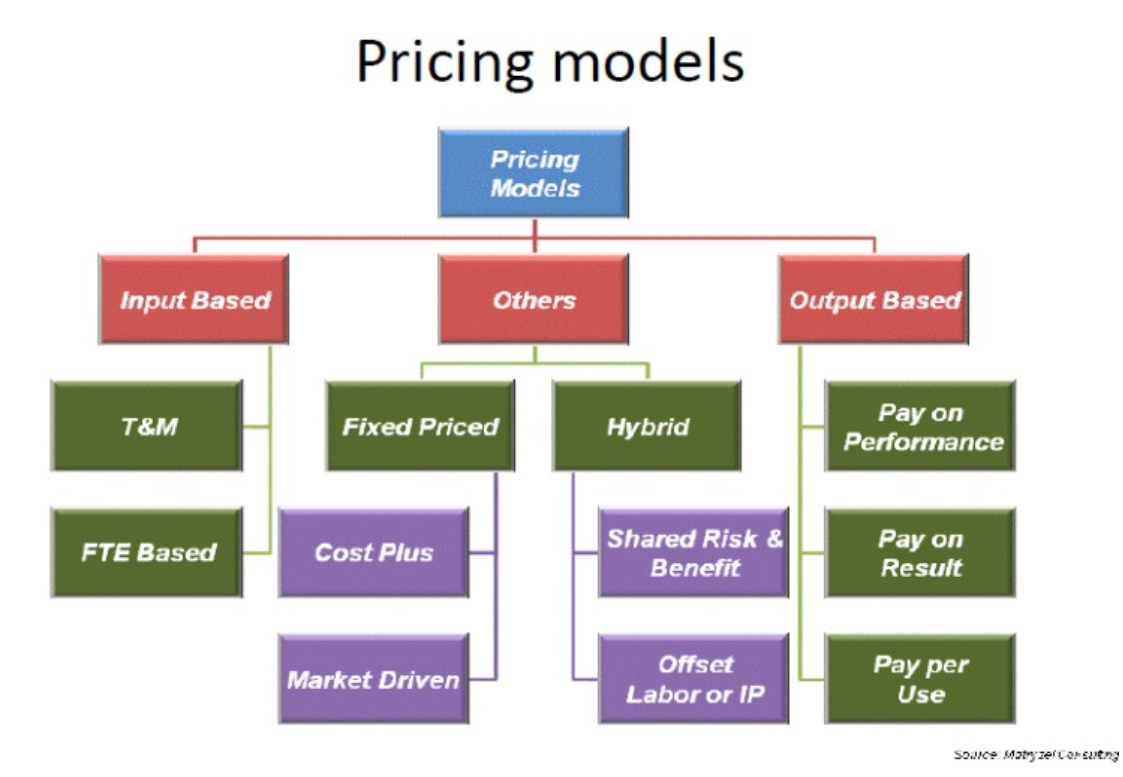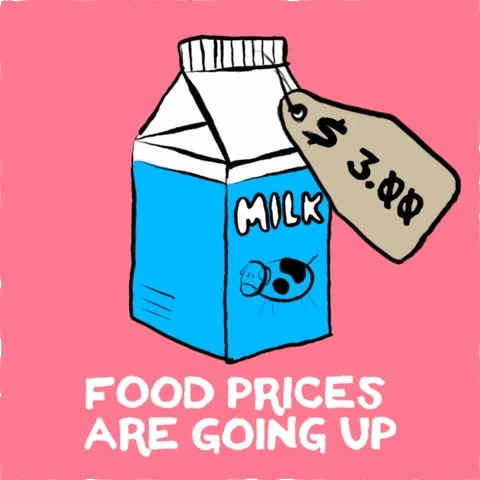source: paddle
Pricing models are integral to business strategy, directly influencing revenue and market positioning. Various pricing strategies cater to different market dynamics, customer perceptions, and competitive landscapes. Understanding these models helps businesses tailor their approach to maximize profitability and growth. This article explores several prevalent pricing models, outlining their principles, strategic applications, and effectiveness.
Competitive Pricing
Competitive pricing involves setting a product's price based on the prices of competing products. The fundamental strategy is to position the price above, below, or at parity with competitors' prices, depending on the desired market stance. This model is particularly advantageous in markets characterized by homogeneous products and intense competition. By aligning pricing strategies with those of competitors, businesses can effectively position their offerings in the market, either as a cost-effective choice or a premium option. Competitive pricing ensures that businesses remain relevant and attractive to consumers who have many alternatives.
Value-Based Pricing
Value-based pricing sets prices according to the perceived value to the customer rather than the actual cost of production. This approach requires a deep understanding of customer needs, preferences, and willingness to pay. By aligning prices with the perceived benefits and unique features of a product, businesses can capture greater value from customers who see high utility in the offering. This model is particularly effective for products and services that offer unique features or significant benefits over alternatives. It enables businesses to achieve higher margins by leveraging the value perceived by the customer.
Penetration Pricing
Penetration pricing is a strategy that involves setting a low initial price to attract customers and quickly gain market share. The low entry price is designed to encourage adoption and generate volume sales, after which the business gradually increases the price. This approach is particularly useful in highly competitive markets where establishing a customer base is crucial for long-term success. By initially underpricing competitors, businesses can build a strong market presence and foster customer loyalty before implementing higher prices.
Skimming Pricing
Skimming pricing involves setting a high initial price for a new or innovative product and then gradually lowering it over time. This model capitalizes on early adopters who are willing to pay a premium for the latest innovations. As the product matures and competition increases, the price is adjusted downward to appeal to a broader audience. Skimming pricing is effective for products with little initial competition and high perceived value, allowing businesses to recoup development costs and maximize revenue from different customer segments over time.
Psychological Pricing
Psychological pricing leverages pricing strategies that influence customer perception and behavior. A common tactic is setting prices just below a round number, such as $9.99 instead of $10.00. This approach aims to make the price appear more attractive and affordable to customers. Psychological pricing exploits cognitive biases, encouraging consumers to perceive the price as significantly lower than it is, thereby enhancing the attractiveness of the offering. This model is widely used in retail to boost sales and improve consumer perception of value.
Bundle Pricing
Bundle pricing involves offering a set of products or services together at a reduced price compared to purchasing each item individually. This strategy aims to increase the perceived value of the purchase, encouraging customers to buy more than they might have otherwise. By creating bundles, businesses can drive sales volume, reduce inventory, and enhance customer satisfaction through perceived savings. This approach is effective in increasing the average transaction value and promoting the purchase of complementary products.
Dynamic Pricing
Dynamic pricing refers to the practice of adjusting prices in real-time based on various factors such as demand fluctuations, competitive pricing, and market conditions. This model is prevalent in online retail, travel, and event ticketing, where prices can be adjusted dynamically to reflect changing conditions. Dynamic pricing enables businesses to optimize revenue by responding to real-time data and market trends, ensuring that pricing remains competitive and aligned with current demand.
Freemium Pricing
Freemium pricing offers a basic product or service for free while charging for premium features or advanced functionality. This model is common in digital and software services, where users can access a limited version of the product at no cost, with the option to upgrade for additional features. Freemium pricing helps attract a large user base and provides a low-barrier entry point, while monetization occurs through the conversion of a percentage of users to paid plans. This approach is effective in building brand awareness and driving revenue growth through value-added features.
In conclusion, selecting the appropriate pricing model is crucial for aligning business strategies with market conditions and customer expectations. Each model—competitive, value-based, penetration, skimming, psychological, bundle, dynamic, and freemium—offers unique advantages and applications. By understanding and strategically implementing these pricing models, businesses can enhance their market positioning, optimize revenue, and achieve sustained growth.






